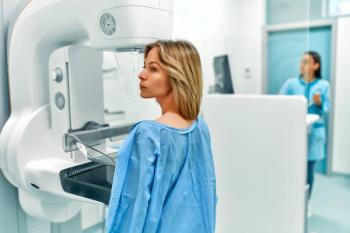
VR Improves Efficiency of Interventional Radiology Treatments
VR could provide faster, more efficient treatment, with less radiation exposure and greater precision, ease and confidence.
This image has been modified.
Virtual reality (VR) could help radiologists to improve interventional radiology treatments using real-time 3D images from inside a patient’s blood vessels, according to
The study found that the technology could provide faster, more efficient treatment, with less radiation exposure and greater precision, ease and confidence.
First author Wayne Monsky, M.D., Ph.D., University of Washington Medical Center, along with his research team, set out to demonstrate the feasibility of using holographic 3D VR to visualize and steer a catheter through the anatomy to certain blood vessels.
The researchers ran 18 simulated procedures and found that the mean time to reach three targeted vessels using VR was much lower than in fluoroscopy, the standard practice that uses an x-ray image.
In the first vessel, it took 17.6 seconds using VR, compared to 70.3 seconds using the standard practice on the model and 171.2 seconds in the real-life procedure.
Monsky told Inside Digital Health™ that the time was significantly less using VR because the researchers were able to get a whole different perspective of how blood vessels need to be entered. VR enables the team to see all of the vessels and what is around them.
Using a CT angiography scan, the team created a 3D printed model and a holographic image of blood vessels in an actual patient’s abdomen and pelvis.
The team guided high-tech catheters with electromagnetic sectors through the 3D model while the tracking system showed the image from the catheter through the VR headset. As the catheter moved, the software translated an image of the location of the catheter to an image of the catheter in the blood vessels in VR.
Monsky said that he hopes we can move away from, or limit, x-ray-based angiography and use VR more.
VR is a more cost-efficient and time-efficient way to deliver treatment, Monsky said.
The technology is portable and could allow people in rural areas to have access to the procedure.
The research team surveyed the practitioners who tried the technology, and they reported that VR improved the ease, precision and efficiency of the treatment. Practitioners that used the technology also felt more confident in their abilities.
Monsky said his team is in the early phases of exploring what is necessary for the software to get FDA approval.
“(VR) will change how we look at a patient’s anatomy during an (interventional radiology) treatment,” Monsky
Get the best insights in healthcare analytics
Related


















































